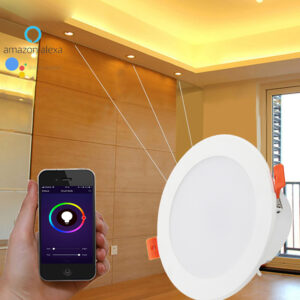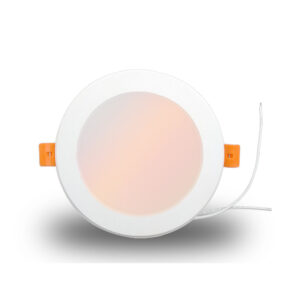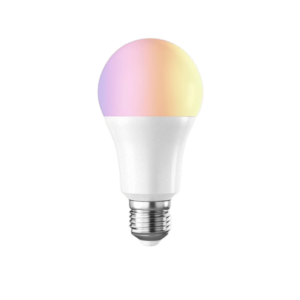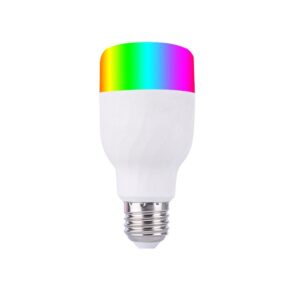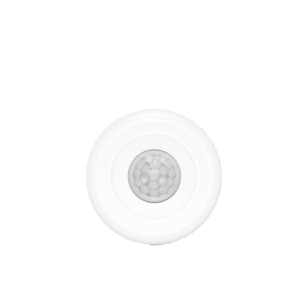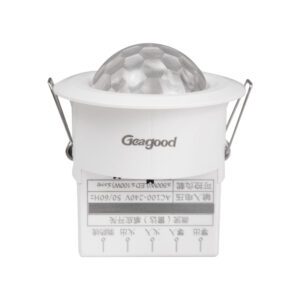Case Studies of Businesses that Have Automated Their Lighting.
In today’s fast-paced world, businesses are constantly seeking innovative ways to improve their operations and enhance productivity. One area that has seen remarkable advancements is lighting automation. By embracing smart light solutions, businesses can not only save on energy costs but also create a more comfortable and productive environment for their employees.
In this article, we will explore several fascinating case studies of businesses that have adopted automated light systems to achieve remarkable results. These real-life examples will demonstrate the power and impact of lights automation on various industries.
Table of Contents
Case Studies of Businesses that Have Automated Their Lighting
1. Retail Revolution: Illuminating the Shopping Experience
In this case study, we delve into the success story of a leading retail chain that revolutionized the shopping experience with smart lighting. By deploying motion sensors and programmable lights, the retailer achieved significant energy savings without compromising on the brightness and ambiance of the stores.
The smart system intelligently adjusted the brightness levels based on customer footfall, creating an inviting atmosphere during peak hours while conserving energy during quieter times.
2. Brightening Up Hospitality: Eco-Friendly Hotels
This segment focuses on a luxury hotel group that embraced eco-friendly practices by automating their light systems. By integrating smart controls, the hotels efficiently managed room lighting, common areas, and exterior illumination.
Through a combination of occupancy sensors and natural light utilization, the hotel achieved a significant reduction in energy consumption, leading to lower operating costs and a reduced carbon footprint.
3. The Productivity Boost: Smart Offices
This case study explores how a multinational corporation upgraded its office lighting to smart and adaptive solutions. By utilizing daylight harvesting and task-specific illumination, the company provided employees with a well-lit, comfortable workspace that positively impacted their productivity and well-being.
The intelligent system not only adjusted brightness levels throughout the day but also integrated with the employees’ schedules, enabling personalized preferences.
4. Warehouse Efficiency: Optimal Illumination
In this case study, we look at how an industrial warehouse optimized its operations through lighting automation. By incorporating motion sensors and LED fixtures, the warehouse dramatically reduced energy consumption.
The intelligent system responds to employees’ movements, ensuring that lights are only activated in occupied areas, leading to substantial savings on electricity bills.
5. Enlightening Education: Smart Schools
This segment highlights the transformation of an educational institution through smart lighting solutions. By installing occupancy sensors in classrooms and hallways, the school achieved considerable energy savings.
Moreover, the system offered customizable settings for different activities, such as presentations or quiet study time, providing an optimized learning environment for students and staff.
6. Sustainable Stadiums: Green Sports Arenas
This case study explores how a major sports stadium embraced sustainability through lighting automation. By employing LED technology and smart controls, the stadium drastically reduced its energy consumption during events.
Additionally, the system allowed for dynamic light shows and synchronized effects, enhancing the overall spectator experience.
FAQs
What is lighting automation, and how does it work?
This refers to the use of advanced technologies such as motion sensors, occupancy detectors, and programmable controls to regulate lighting levels based on environmental conditions or user preferences. This smart system optimizes energy usage, leading to cost savings and improved efficiency.
What are the key benefits of automating lighting in businesses?
For businesses it offers several advantages, including reduced energy consumption, lower utility bills, enhanced productivity, improved employee well-being, and a positive impact on the environment.
Can lighting automation be retrofitted into existing business setups?
Yes, these automation systems can often be retrofitted into existing setups without major modifications. Smart lighting solutions are designed to be flexible and adaptable, making them compatible with various infrastructures.
Is lighting automation only suitable for large enterprises, or can small businesses benefit too?
Automation is beneficial for businesses of all sizes. Small businesses can reap substantial cost savings, and the scalability of smart lighting systems ensures they can expand their setup as they grow.
Are there any potential challenges or drawbacks to consider with lighting automation?
While lighting automation offers numerous benefits, businesses should consider factors like initial setup costs, compatibility with existing infrastructure, and the need for occasional maintenance.
How can businesses choose the right lighting automation solution for their specific needs?
To select the appropriate automation solution, businesses should conduct a comprehensive assessment of their requirements, energy consumption patterns, budget, and long-term goals. Consulting with experienced lighting professionals can also help in making an informed decision.
Conclusion
The case studies of businesses that have successfully automated their lighting demonstrate the transformative power of smart lighting solutions. From retail chains to educational institutions, the implementation of lighting automation has led to reduced energy consumption, enhanced productivity, and a positive impact on the environment.
As technology continues to advance, we can expect even more innovative and sustainable lighting solutions to emerge, further revolutionizing how businesses illuminate their spaces.
-
Bathrooms
Smart Wifi Downlight 3.5″ – 9W
Rated 0 out of 5$38.70Original price was: $38.70.$32.79Current price is: $32.79. inc. VAT -
Bathrooms
Smart Wifi Downlight 4″ – 12W
Rated 0 out of 5$43.54Original price was: $43.54.$31.18Current price is: $31.18. inc. VAT -
Bathrooms
Surface Ceiling Motion Sensor
Rated 0 out of 5$23.11Original price was: $23.11.$18.81Current price is: $18.81. inc. VAT -
Cinema
Tuya Smart Wifi RGBW Led Bulb
Rated 0 out of 5$21.50Original price was: $21.50.$18.81Current price is: $18.81. inc. VAT -
Bathrooms
Ceiling Motion Sensor – Recessed
Rated 0 out of 5$26.34Original price was: $26.34.$23.11Current price is: $23.11. inc. VAT -
Bathrooms
Smart Wifi Downlight 2.5″ – 5W
Rated 0 out of 5$37.09Original price was: $37.09.$31.18Current price is: $31.18. inc. VAT -
Bathrooms
Ceiling Motion Sensor – Mini
Rated 0 out of 5$20.43Original price was: $20.43.$15.59Current price is: $15.59. inc. VAT

